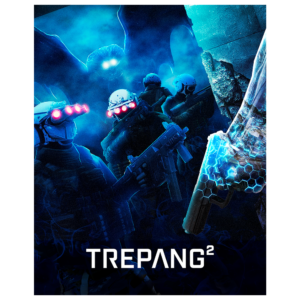Trepang2 seeks to walk a familiar F.E.A.R.-type drumbeat but never really rises above its main influence.
Trepang2 review
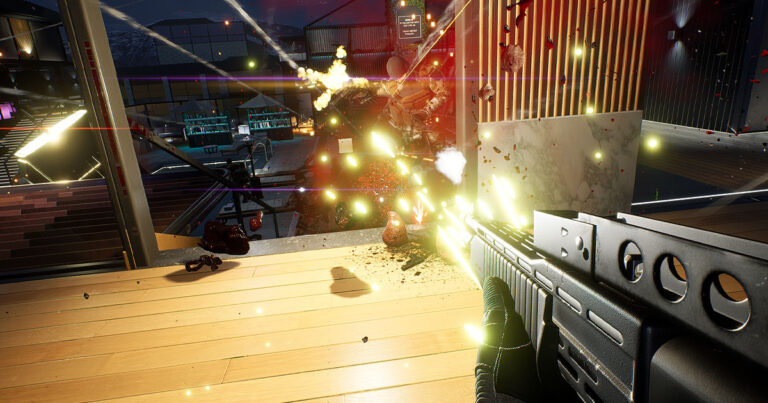
It’s easy to go down a rabbit hole when trying to figure out what exactly a “Trepang” is let alone a “Trepang2”. Made by the four-person Trepang Studios, Trepang2 is an indie first-person shooter that wear its biggest influence on its slow-mo blood-soaked sleeves.
For better and for worse, it’s a lot like F.E.A.R., a shoehorned acronym that was and still is ultimately shorthand for some of the best first-person shooting to ever grace screens. For those who’ve played it, F.E.A.R. set a benchmark for high-impact violence glorified in the kind of slow-mo violence that’d definitely make Neo say “whoa”.
The other thing F.E.A.R. is known for is the clever smoke and mirrors used to make enemies feel as smart as playing against humans. And despite having a spooky but forgettable story, F.E.A.R. deserves the love it still receives today. Copying a little too closely from certain pages of the F.E.A.R. playbook, Trepang2 has a similarly eerie-but-meh story but doesn’t have the kind of enemy AI that anyone will remember.
That’s not all bad, though. It quickly becomes apparent that Trepang 2’s gear is almost perpetually stuck in power-fantasy mode. And part of that player fantasy is playing with your food. In a page borrowed from Doom’s rebirth, there’s an emphasis on push-forward combat: no aiming down sights for most weapons, enemies drop all-important armour and ammo, and fragging out fills your slow-mo meter.
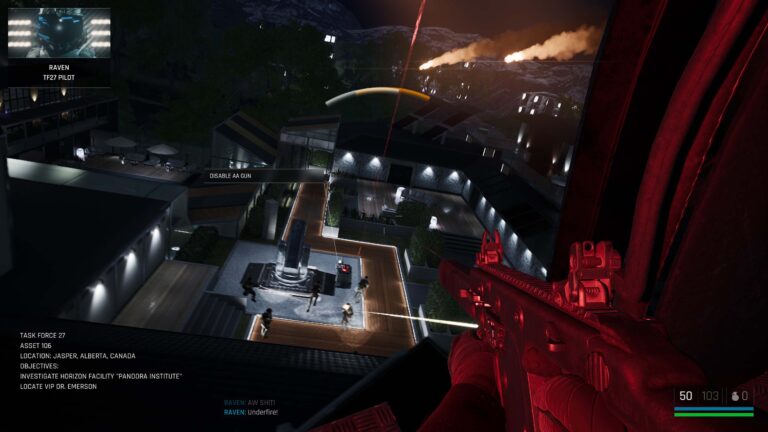
Also like Doom, there’s frequently a thumping soundtrack to match the visual blood ballet. Admittedly, it’s not as memorable as Mick Gordon’s work on Doom and it’s sometimes overbearing in a way that highlights some bad audio mixing. That said, for the most part it works and reinforces the idea that you’re supposed to be getting in the same enemy faces that you’re about to annihilate with a shotgun.
Movement feels great when you’re sprinting but sprinting has an out-of-place meter that’s also consumed in larger chunks whenever you slide. Sliding isn’t just great for getting under waist-high obstacles or out of the way of a wall of bullets, it’s also handy for knocking enemies off their feet. That’s more entertaining than essential for most enemies, but it’s a particularly handy counter against shield-wielding foes.
If you knock an enemy off their feet, you can grab them (mid-air if you’re fast enough) and use them as a human shield. That’s if you can track them. Part of the power fantasy is the over-the-top physics that frequently sends enemies hurtling off like an anchored balloon. That never gets old as a finisher but if you’re trying to grab a human shield when you’re surrounded, the physics tends to mean an enemy could have bounced pretty much anywhere.
Compounding this are big problems with combat-space readability and even overall visibility. It’s easy enough when no-one’s shooting, but given a full-on firearm frenzy is the point of Trepang2, it can be hard to track enemies in general. Because Trepang2 isn’t visually impressive most of the time and I’m fortunate to be rocking an Nvidia GeForce RTX 4080, I maxed out everything. It runs like a dream and levels load in about a second, which is great.
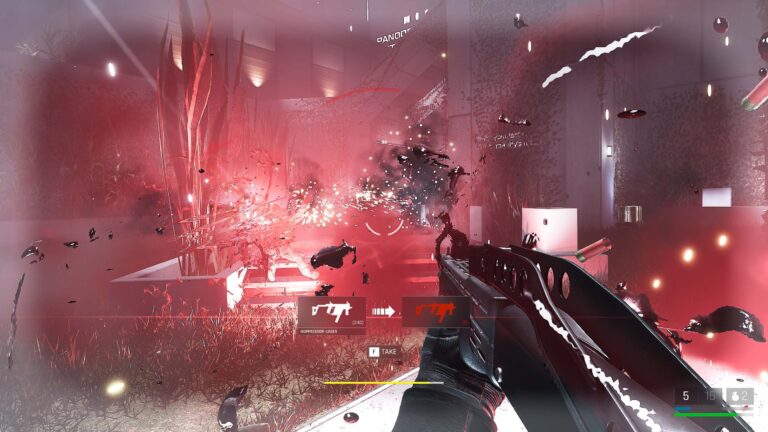
But I soon found myself digging into the settings to lower the effects just to have better visibility. Before that visual tweak, I was shooting at sound cues than visible enemies or, at times, even silhouettes. With the visual noise somewhat mitigated, Trepang2 is at its best when you lean into the shooting that genuinely feels incredible. Weapon recoil, gunfire audio, enemy squishiness and gore combine for the kind of damage feedback that feels completely satisfying for everything outside of boring boss battles (except for the second-last one).
If you played the Trepang2 demo from many moons ago, you’d be familiar with that gunplay loop. But therein lies the rub: Trepang2 hasn’t evolved a whole lot since then. There are a couple of slower-paced sections that peekaboo into creepiness, but they feel more tacked on than an organic part of the gameplay formula. Worse is the story or lack thereof, which ultimately amounts to a tenuous linking of missions with an empty back-to-base intermission between each one.
It left me wishing that Trepang Studios had ditched the story entirely and, instead, focused on building more epic set pieces, upping the limited arsenal and, perhaps, introducing some savvier enemy AI that felt more appropriate for this love letter to F.E.A.R.
Trepang2 takes about four hours to get through the main missions if you ignore the afterthought optional side missions. So if you’re a main-pather, you may be disappointed by the lack of longevity for the price. Still, if you nab Trepang2 on special and play it in half-hour bouts, you’ll likely have a bloody good time. It’s just a shame there’s not more going on here.
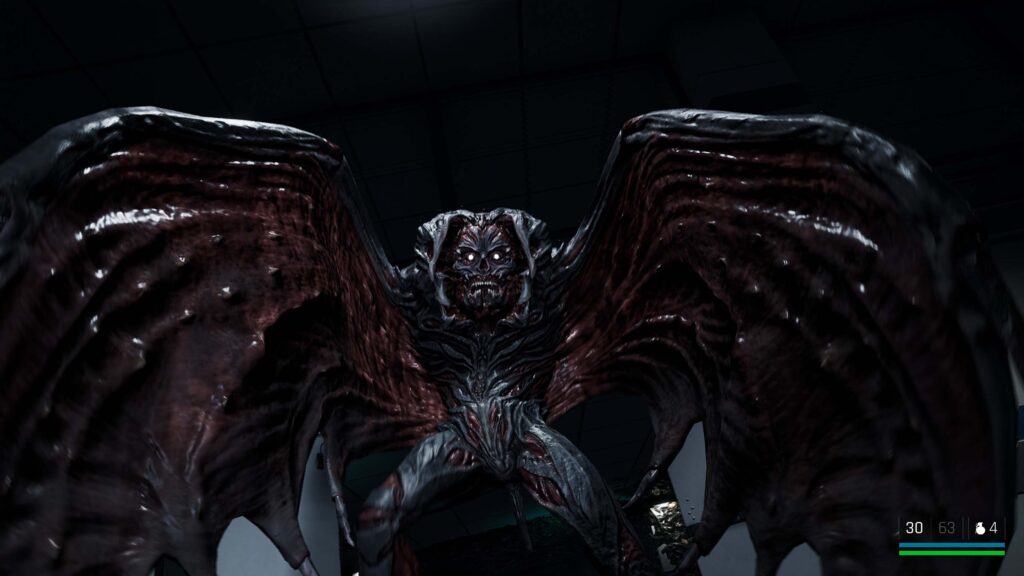
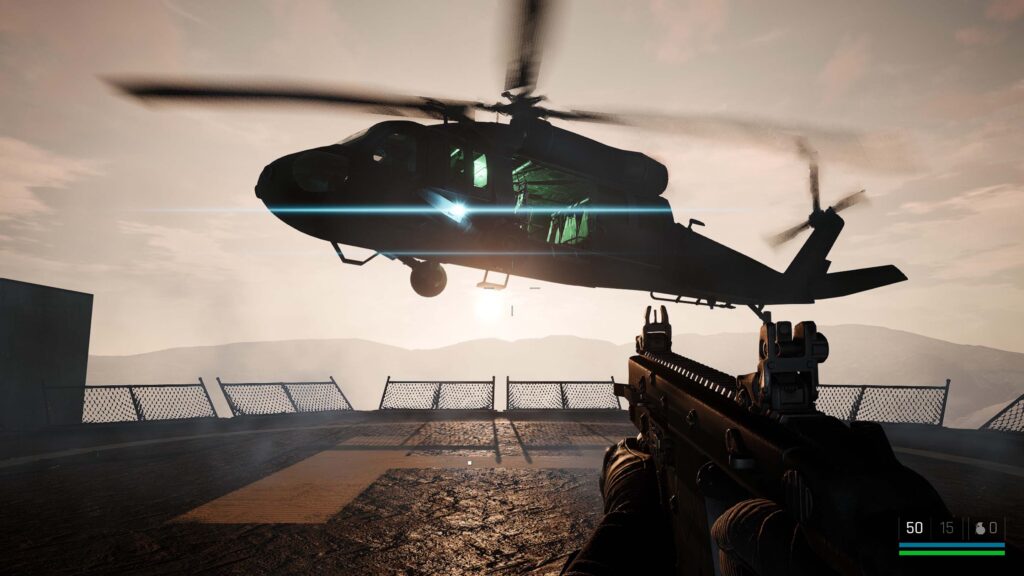
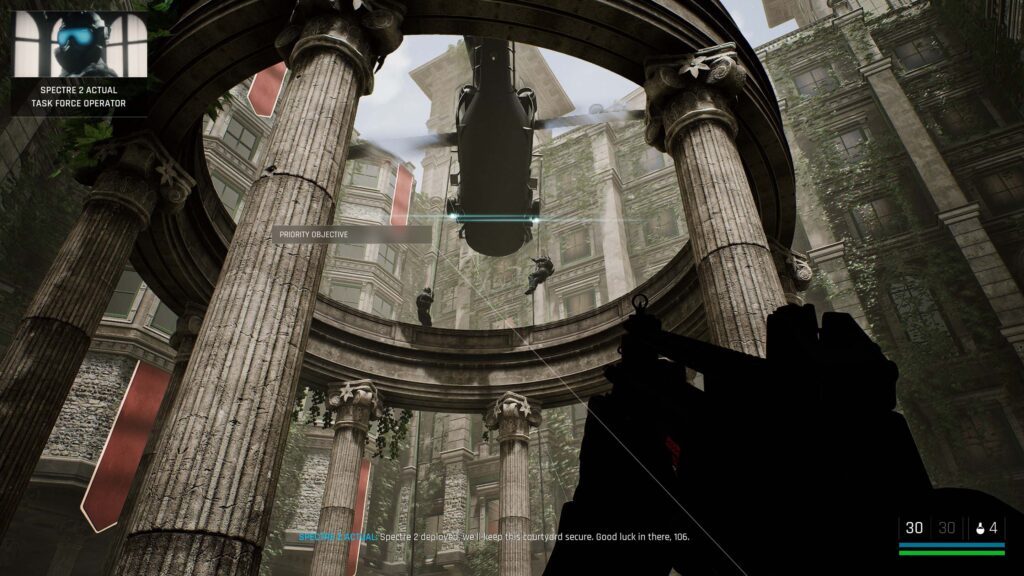
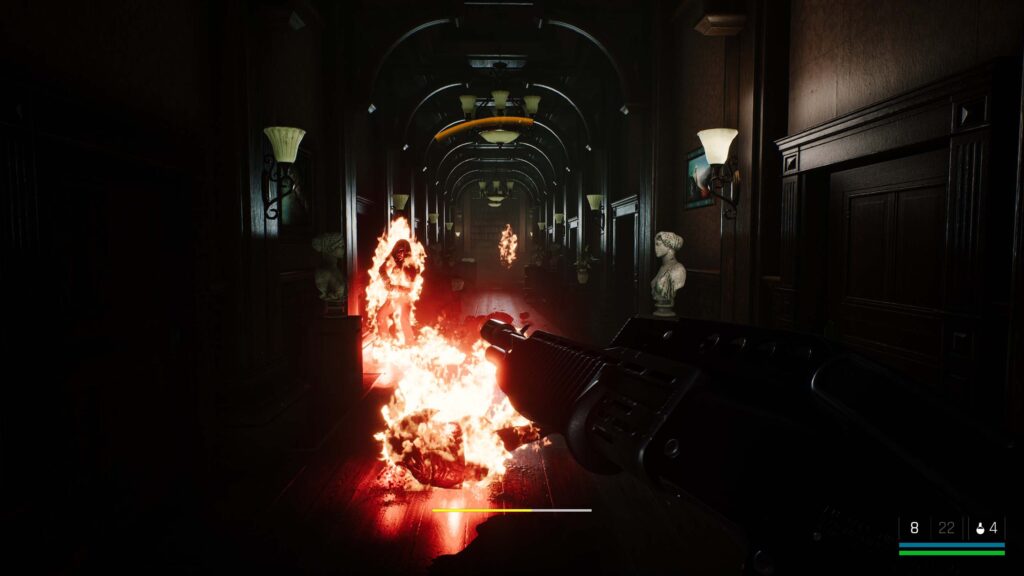
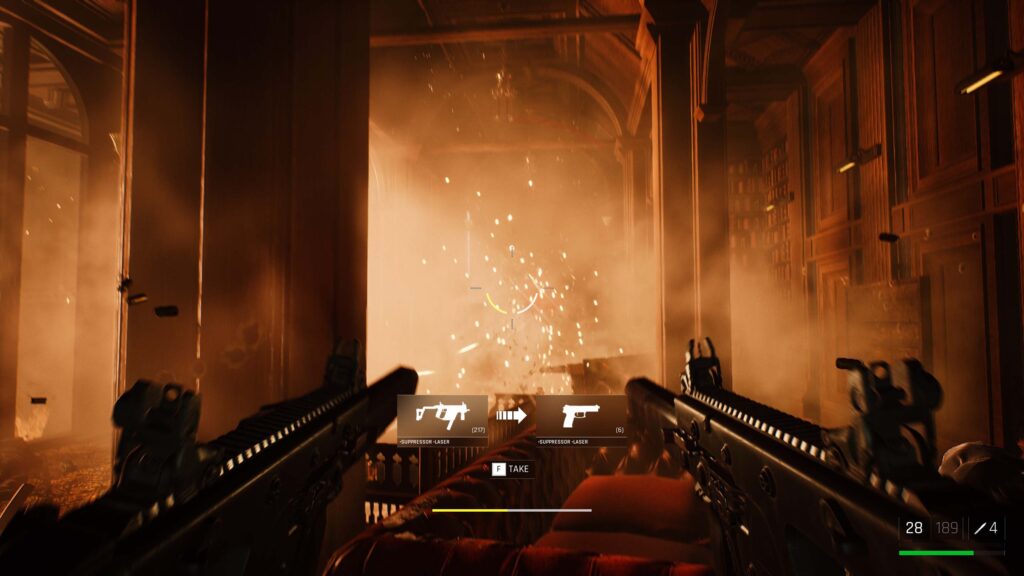
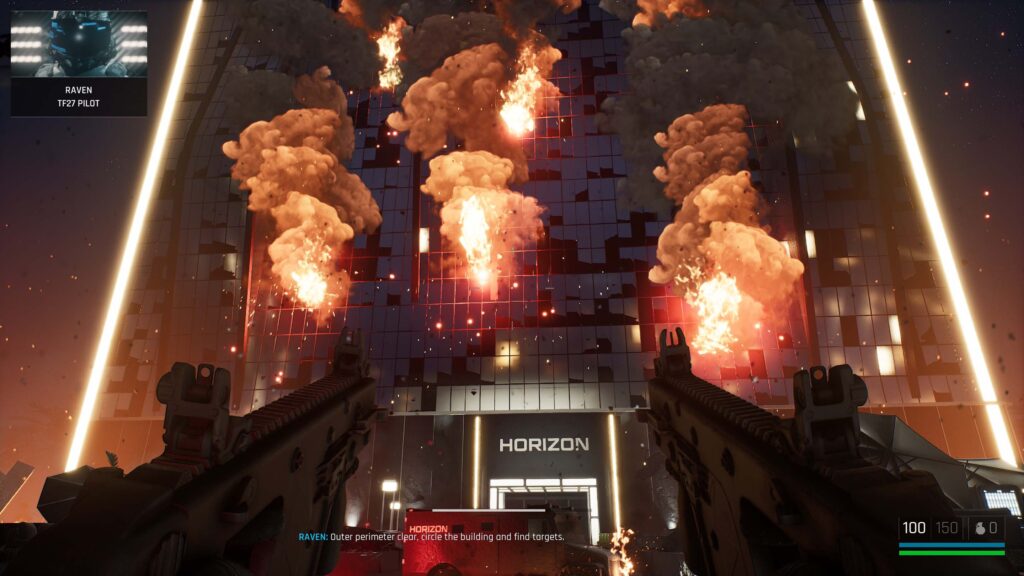
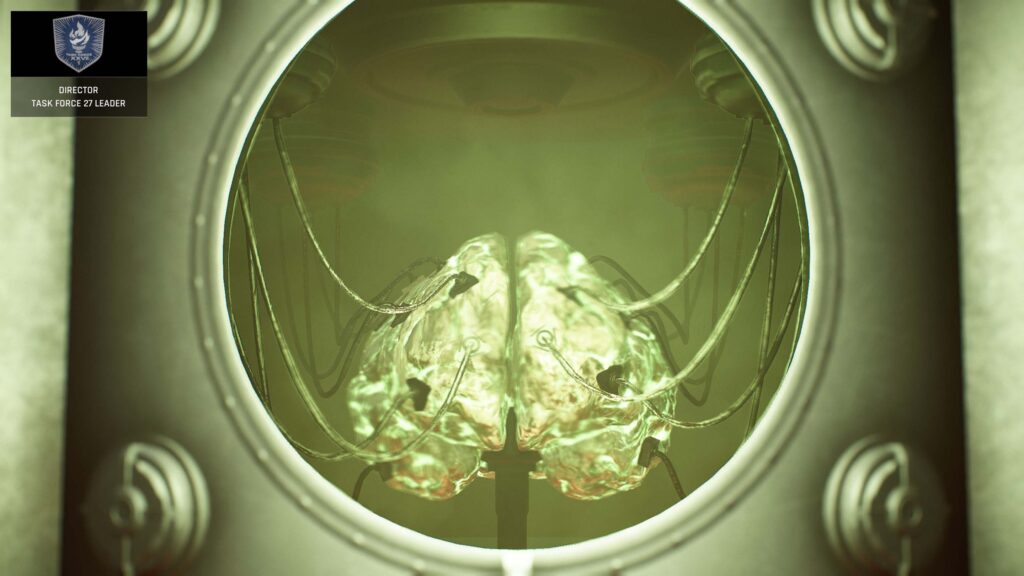
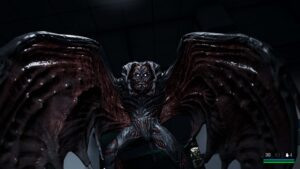
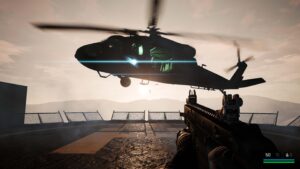
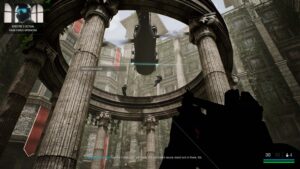
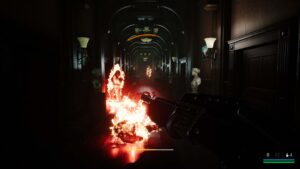
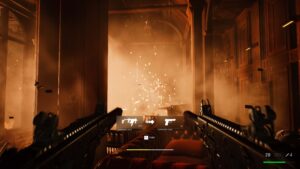
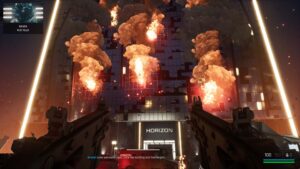
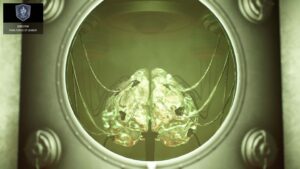
Related Articles




